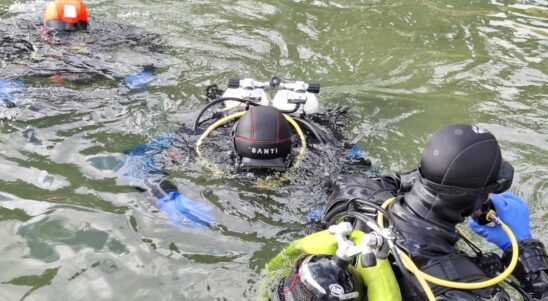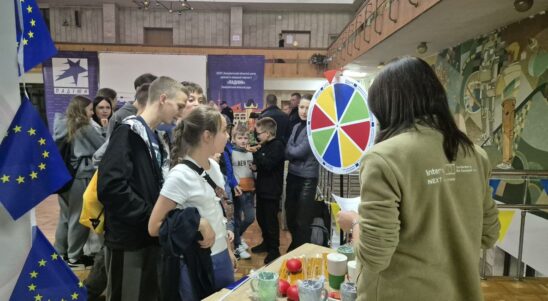-

Opublikowano 02.12.2025
Technology that shortens the distance between the patient and the diagnosis
-

Opublikowano 01.12.2025
Online training on project preparation in Interreg NEXT
-

Opublikowano 28.11.2025
We Share Knowledge and Experience: HEALTH
-

Opublikowano 28.11.2025
What is needed to create cities’ parks of the future?
-

Opublikowano 26.11.2025
Winners of the “Discover the uniqueness of the PL–UA Programme regions” contest
-

Opublikowano 19.11.2025
We took part in the ReBuild Ukraine conference
-

Opublikowano 14.11.2025
Most common mistakes in the payment claim including report
-

Opublikowano 13.11.2025
Survey for small project applicants
-

Opublikowano 12.11.2025
EMERGENCY – a bridge over time – together for faster life-saving
-

Opublikowano 07.11.2025
We share knowledge and experience: HEALTH
-

Opublikowano 06.11.2025
On November 10-11, the JS office will be closed
-

Opublikowano 06.11.2025
Lviv focuses on young people – EU Career Day, new prospects for cooperation
-

Opublikowano 04.11.2025
“Culturally about nature,” or Interreg Cooperation Day 2025
-

Opublikowano 03.11.2025
End of the first call for proposals within SPF COOPERATION
-

Opublikowano 31.10.2025
Project stories 4. Underwater, every second counts…
-

Opublikowano 23.10.2025
Programme Manual Update – Version 2
-

Opublikowano 23.10.2025
Joint Polish-Ukrainian initiative for the health of rural communities
-

Opublikowano 22.10.2025
Project stories 3. It brings us closer together…
-

Opublikowano 21.10.2025
Safety Picnic in Uzhhorod: learning about safety through play
-

Opublikowano 20.10.2025
The Ternopil region – a place where the seeds of innovation sprout